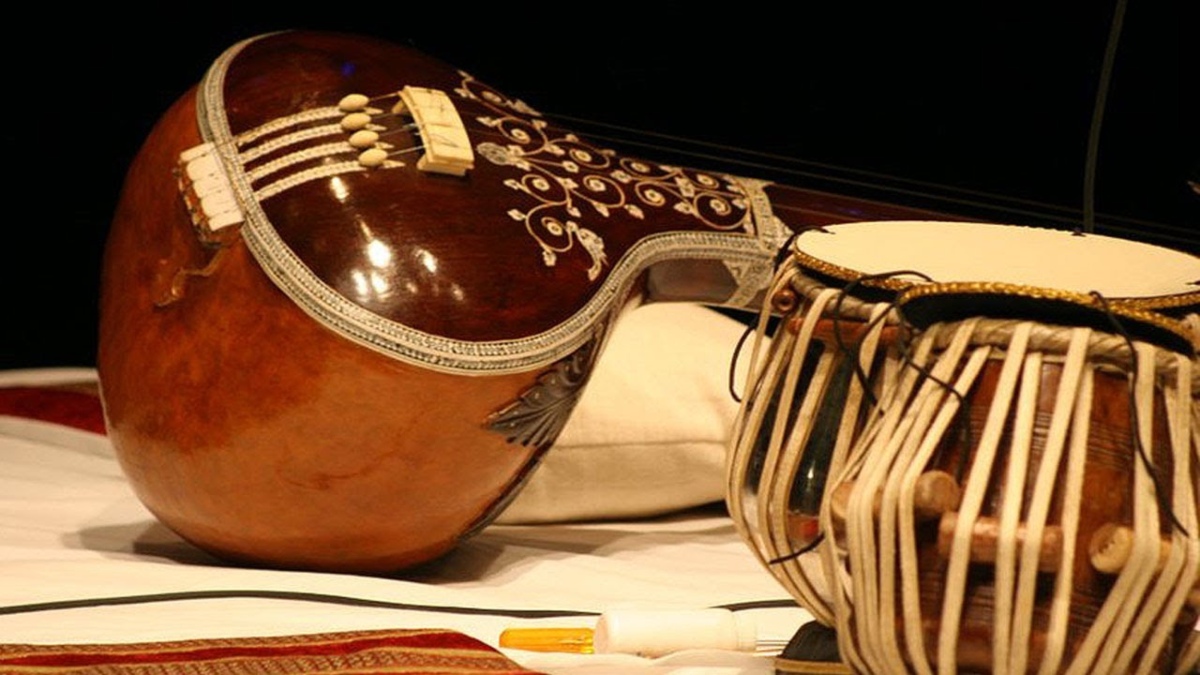


I recently got an inquiry for my music academy from a young mother of a four-year-old. She wanted to commence music education for her child. After our initial exchange about the child’s name, age and musical inclinations, the mother went on to the topic of what exactly we would be teaching the child. When I tried telling her that we focus on inculcating love and appreciation for classical music, she politely insisted on finding out how exactly we plan to do that in a four-year-old. When I proceeded to explain that classical music can actually be made accessible through even Bollywood Raaga-based songs through which children can start to appreciate Raagas easily, her ears perked up. She heaved a sigh of relief when she realised that classical music may not be as inaccessible to the uninitiated as she had assumed.
Indian classical music has formed the cornerstone of many Indian film songs over the decades and is still an important foundation for music directors all over the country. Famous composers, from Naushad and Khayyam to Shankar-Jaikishan and R.D. Burman, have based their timeless pieces on Indian classical raagas. Songs like ‘Radha ki tune bansuri churayi’ and ‘Jhanak jhanak tori baaje’ in Raag Darbaari are cases in point. So are timeless pieces in Raag Yaman like ‘Kabhie Kabhie’ and ‘Zindagi bhar nahi bhoolegi woh barsaat ki raat’. Some of the more commercial numbers have had powerful musical and lyrical references to classical music too.
Since Indian raagas are believed to have evolved organically, we can extrapolate this to explain why classical music-based film songs are evergreen and immortal. They still command wide appeal and have been remixed and repackaged repeatedly even for the current generation, since the base melodies are so appealing.
Recent composers continue to dole out hit pieces that find their roots in Indian raagas. These include the Raag Hansadhwani-based opening of the song ‘Tere Naina’ from the film ‘Chandni Chowk to China’, and ‘Mere Humsafar’, the Raag Yaman Kalyan-based song from the film ‘Refugee’. The umpteen Raaga-based hits of ‘Padmaavat’ and ‘Bajirao Mastani’ like ‘Ghoomar’ (based on Raag Sarang) and ‘Albela Sajan’ (based on Raag Bhoop) are amazing examples of how music directors today cannot really help but bring in elements of Indian Raagas into commercial music. This is probably one of the key reasons why Bollywood music still commands such a wide appeal across the world.
Since in its intrinsic form, Indian classical music education is imparted in an austere and possibly serious setting, it tends to put off the layperson. The layperson might want to just have fun with music and experience a fleeting array of emotional highs through it, much like the ‘masala’ Bollywood movie which boasts of portions of action, romance, comedy, and drama. The image that comes to mind is that of a typical Indian thali, where pickles, sweets, and other assorted flavours have equal roles to play to cater to the Indian palette. In such a scenario, appreciation for classical music might be difficult to cultivate.
But I have endorsed, and continue to endorse, the amazing potential classical music has in wellness and healing for one and all. So how do we make this possible? Through Bollywood Raaga-based songs!
In most of my workshops and concert demonstrations, I ensure that I incorporate analogies with Bollywood music because it the possibly one of the main bridges we have between the masses and classical music.
In one of my recent workshops on music and wellness, I had with me a young lady, completely uninitiated into classical music. The initial portions where I started discussing Raagas and technical aspects of music left her feeling helpless and also defeated at not being able to appreciate the music. Things took a 180-degree turn when I brought in analogies using Bollywood songs. Just the feeling that Raagas are not distant and within reach was an extraordinarily relieving feeling for the lady, who then went on to commence learning classical music formally from my academy.
For classical music to be accessible, it has to be seen as not intimidating. It has to disarm and make the person feel wanted and good. Towards this end, Bollywood songs based on Raagas do a great job, and will hopefully continue to do so. And for that, I will be thankful.
The writer is a vocalist of both Hindustani and Carnatic Classical music, with over three decades’ experience. She is also the founder of Music Vruksh, a venture to make classical accessible for its aesthetic and wellness benefits.